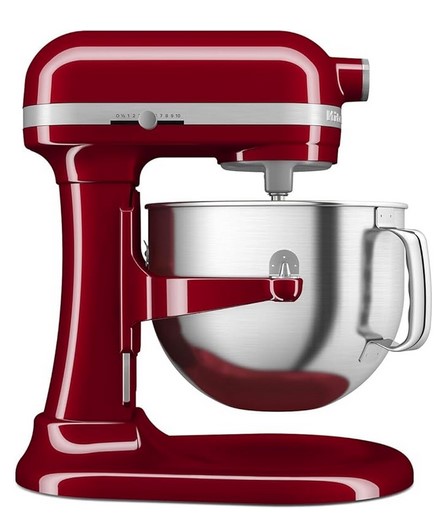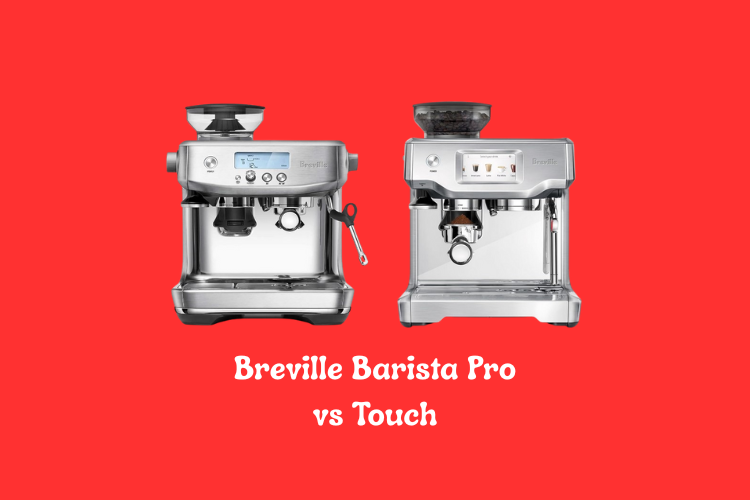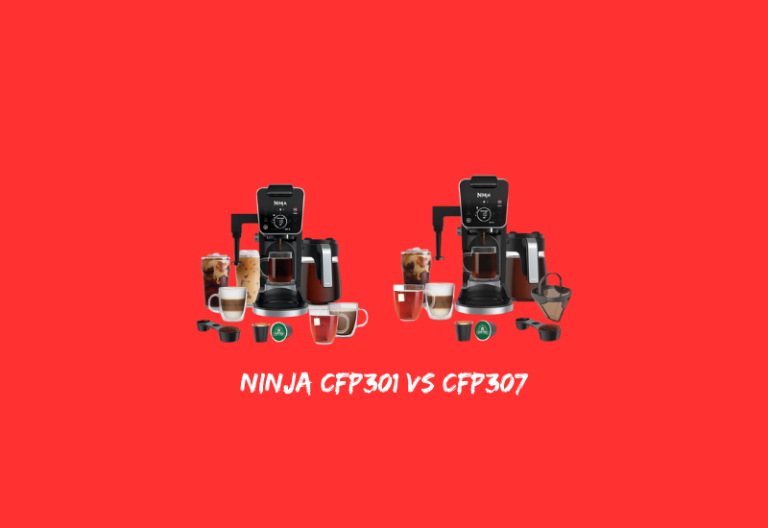KitchenAid 5 Qt vs 7 Qt – Which Size Fits Your Kitchen Best?
A stand mixer can change the way you bake and cook, but size plays a big role in the decision. KitchenAid offers both 5-quart and 7-quart models, and each brings its own strengths to the counter.
The 5-quart mixer works well for everyday use, small batches, and lighter tasks. The 7-quart version handles large recipes, thick doughs, and bulk prep with ease. Understanding the differences in bowl capacity, motor strength, and kitchen space can help you make a smarter choice.
One model saves space and suits casual bakers. The other delivers power and volume for serious mixing sessions. Both look great and come with trusted KitchenAid quality, but only one may suit your needs best.
This guide breaks down the key features, performance, and reasons to pick either the 5-quart or 7-quart mixer so you won’t second-guess your decision later. Let’s explore which mixer earns a spot on your countertop.
KitchenAid 5 Qt vs KitchenAid 7 Qt
Both KitchenAid 5 Qt and 7 Qt mixers are built for tough kitchen jobs. They mix, whip, knead, and do more with ease. They both have powerful motors and a long-lasting metal body.
But they are not the same. The 7 Qt model offers more capacity and extra control. The 5 Qt model gives strength with a slightly smaller size. Let’s explore both models and see which one fits your kitchen better.
KitchenAid 5 Qt Artisan Tilt-Head Stand Mixer
The KitchenAid 5 Qt stand mixer comes with a stainless steel bowl. It holds enough dough for 9 dozen cookies or 4 loaves of bread. The bowl has a strong handle and is dishwasher safe.
The mixer uses a tilt-head design, so you can lift the top and add ingredients easily.
It has a solid metal body and mixes with 59 touchpoints for full bowl coverage. The box includes a coated flat beater, coated dough hook, 6-wire whip, and a one-piece pouring shield.
Features
-
5 Qt stainless steel bowl with handle
-
Tilt-head design for quick access
-
59-point planetary mixing for even results
-
10 speed settings
-
Comes with four tools: beater, dough hook, whip, and shield
-
Works with over 15 optional attachments
-
Available in over 20 colors
What is the good?
This mixer is powerful. It handles tough dough and light batters. The tilt-head lifts up easily so you can add more ingredients.
The bowl size works well for families. The 10 speeds give good control, and the coated tools clean up fast. The pouring shield helps avoid splashing.
What is the bad?
The tilt-head design may not stay steady with heavy dough. The mixer takes up space on the counter. While it works for big batches, it might feel tight if you mix large amounts often. The whip has fewer wires than the 7 Qt model.
Overall Opinion
The 5 Qt KitchenAid mixer works well for everyday baking. It gives solid power and mixes evenly. It fits home kitchens and doesn’t feel too large. Good for cookies, cakes, and bread. Great for most home cooks who bake a few times a week.
KitchenAid 7 Quart Bowl-Lift Stand Mixer
The KitchenAid 7 Qt mixer has a larger stainless steel bowl. It mixes 13 dozen cookies, kneads over 8.5 pounds of bread, or mashes 7.5 pounds of potatoes.
It has 11 speed settings, including a gentle ½ speed for folding soft ingredients like berries and egg whites.
This model comes with six tools: a double flex edge beater, coated flat beater, coated dough hook, 11-wire whip, a pouring shield, and the large 7 Qt bowl.
Features
-
7 Qt stainless steel bowl
-
11 speeds, including a gentle ½ speed
-
Double flex edge beater scrapes the bowl while mixing
-
Designed to handle very large batches
-
Comes with six mixing tools
-
Strong motor for both soft and heavy doughs
What is the good?
This mixer handles big batches. The 7 Qt bowl fits more dough and saves time. The 11 speeds give extra control. The ½ speed protects soft ingredients.
The flex edge beater scrapes the bowl better than the regular one. The 11-wire whip creates more volume in whipped cream or egg whites. Strong and built for heavy use.
What is the bad?
It takes up more space. It is heavier and harder to move. The price is higher than the 5 Qt model. It might be too much for someone who only bakes once in a while. Cleaning the double beater can take more time.
Overall Opinion
The 7 Qt mixer works best for serious bakers. It holds more, mixes better, and offers more speed settings. The flex edge beater and ½ speed are useful for delicate recipes. It is great for anyone who bakes large batches often or runs a small baking business.
Detailed Comparison for KitchenAid 5 Qt vs 7 Qt
Both KitchenAid mixers are strong and built with metal. Both use planetary mixing with 59 touchpoints. Both come with key tools: flat beater, dough hook, whip, and shield. But the size and features separate them.
The 5 Qt mixer fits most home cooks. It handles cookies, cakes, and bread with ease. It’s easy to lift and clean. The tilt-head design helps when adding ingredients. The price is lower, and it takes up less space.
The 7 Qt mixer brings more. A bigger bowl. More tools. More speeds. The ½ speed helps with soft ingredients. The double flex edge beater scrapes as it mixes. That means less stopping and less hand mixing. The 11-wire whip adds more air.
It’s made for big jobs and heavy dough. If you bake small to medium batches, the 5 Qt is enough. If you bake large batches or need better control, the 7 Qt gives you more power and options.
FAQs
Can both mixers knead bread dough?
Yes. Both models knead bread dough. The 7 Qt can knead over 8.5 pounds of dough in one batch.
Do both mixers work with attachments?
Yes. Both use the KitchenAid power hub and work with attachments like pasta makers or food grinders.
Is the 7 Qt mixer too big for small kitchens?
It can be. The 7 Qt model is larger and heavier. Make sure you have space on the counter.
Are the bowls dishwasher safe?
Yes. Both stainless steel bowls and coated tools are safe for dishwashers.
Which mixer is better for whipped cream?
The 7 Qt model. It has an 11-wire whip that adds more volume than the 6-wire version.
Conclusion
Both the KitchenAid 5 Qt and 7 Qt stand mixers are built for quality and strength. The 5 Qt model is perfect for everyday home use. It mixes well, cleans fast, and fits most kitchens.
The 7 Qt model handles bigger jobs and offers more control. It works better for people who bake often or in large amounts.
Pick the 5 Qt for family baking and weekly cooking. Pick the 7 Qt for big batches, soft folds, and stronger mixing. Either way, you get a mixer that lasts








